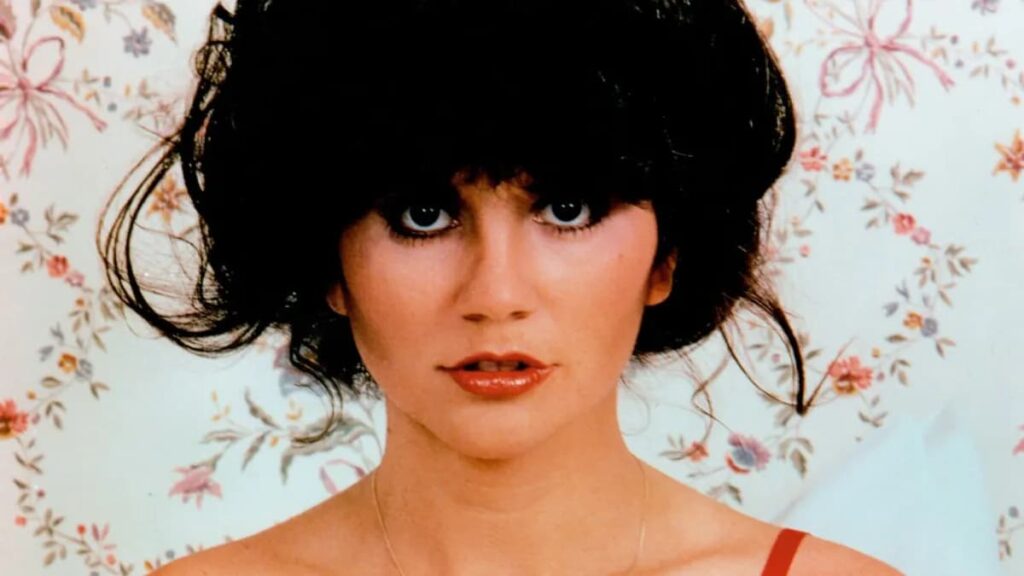
Linda Ronstadt’s “That’ll Be the Day”: A Spirited Reinterpretation of Enduring Love
There’s a certain magic that happens when a truly great artist takes a classic song and makes it entirely their own, isn’t there? For many of us, particularly those who remember the vibrant music scene of the 1970s, Linda Ronstadt’s spirited rendition of Buddy Holly’s “That’ll Be the Day” is a shining example. Released in 1976 as a single from her Grammy Award-winning, platinum-selling album Hasten Down the Wind, Ronstadt’s version didn’t just cover the song; it reimagined it, bringing a fresh energy and a touch of country-rock swagger that resonated deeply with a new generation of listeners. It soared to No. 11 on both the U.S. Billboard Hot 100 and the Cash Box Top 100, and even reached No. 27 on the Billboard Country Singles chart, proving her immense versatility and widespread appeal. In Canada, it fared even better, peaking at No. 2 on the singles chart.
The story of “That’ll Be the Day” itself is legendary. It was originally penned by the iconic Buddy Holly and his Crickets drummer, Jerry Allison, with producer Norman Petty also receiving a co-writing credit. The inspiration for the title came from a phrase frequently uttered by John Wayne in the classic 1956 Western film, The Searchers. As the tale goes, Holly and Allison, sitting around and playing, heard the phrase and thought, “That’ll be the day” – a sarcastic retort to someone claiming they’d leave you. This dismissive, confident sentiment formed the bedrock of the lyrics, suggesting an unwavering belief that a loved one would never truly depart, or that if they did, it would be the day the world ended for the singer. It was Buddy Holly and the Crickets‘ first major hit in 1957, a foundational piece of early rock and roll. Fast forward nearly two decades, and into the capable hands of Linda Ronstadt it landed.
Ronstadt’s interpretation, however, subtly shifts the meaning and mood. While Holly’s original was imbued with a youthful, almost defiant confidence, Ronstadt’s take carries a more mature, perhaps even slightly world-weary, yet still firm conviction. Her powerful vocals, known for their clarity and emotional depth, transform the dismissive “that’ll be the day” into a declaration of enduring love and a knowing challenge. It’s not just about a lover saying they’ll leave; it’s about the very impossibility of that separation, a statement born from a deep, abiding connection. The meaning, therefore, becomes less about youthful bravado and more about the unwavering strength of a bond that seems destined to last, or at least, the refusal to believe it could ever truly end. The irony and disbelief inherent in the phrase are still there, but colored with Ronstadt’s signature blend of vulnerability and strength.
Her version, produced by the masterful Peter Asher, showcases the meticulous musicianship that defined her mid-70s albums. The crisp production and the tight band, featuring luminaries like Andrew Gold on guitar and Kenny Edwards on bass, gave the track a vibrant, contemporary sheen without sacrificing the rock and roll essence of the original. Ronstadt’s vocal performance is simply captivating; she navigates the melody with an effortless power, her voice soaring and swooping with just the right amount of grit and sweetness. It’s a testament to her artistry that she could take a song so synonymous with Buddy Holly and make it sound as if it were written specifically for her.
“That’ll Be the Day” became one of the many beloved tracks that solidified Linda Ronstadt’s status as a powerhouse vocalist and a true interpreter of song. For many who came of age during that era, her rendition feels like the definitive one, a vibrant memory of car radios, sun-drenched afternoons, and the exhilarating sound of a woman in full command of her craft. It reminds us not only of the sheer talent of Linda Ronstadt but also of the timeless appeal of well-crafted songs that speak to the enduring nature of human connection and the defiant hope that love will always conquer all, even in the face of perceived goodbyes. It’s a song that makes you tap your foot, hum along, and perhaps, just perhaps, recall a time when certain things felt utterly, undeniably true.